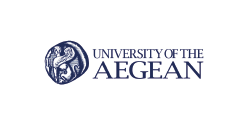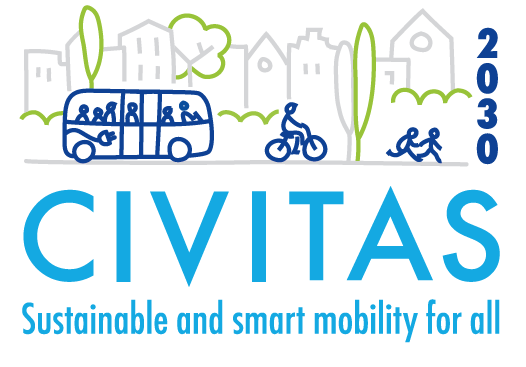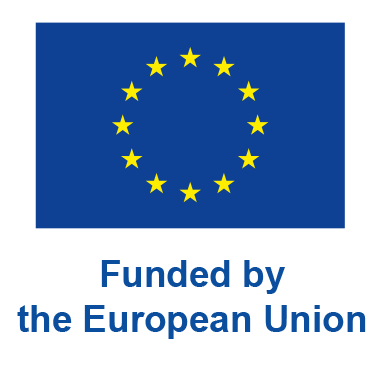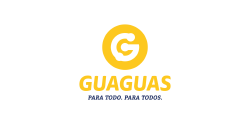
GUAGUAS MUNICIPALES SOCIEDAD ANONIMA
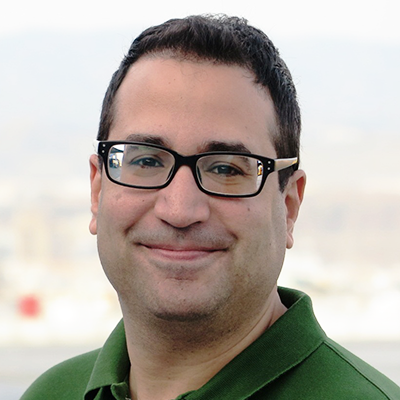 Ángel Placeres, CFO of Guaguas Municipales. The city of Las Palmas de Gran Canaria participates in SPINE with four partners collaborating towards our common goal: the municipality of the city, Guaguas Municipales (Public Transport), Sagulpa (Public Parking & Micromobility solutions) and CINESI (mobility consultants). In Guaguas Munipales there are many departments involved in this project such as Quality and Sales, Operations and Infrastructure.
Ángel Placeres, CFO of Guaguas Municipales. The city of Las Palmas de Gran Canaria participates in SPINE with four partners collaborating towards our common goal: the municipality of the city, Guaguas Municipales (Public Transport), Sagulpa (Public Parking & Micromobility solutions) and CINESI (mobility consultants). In Guaguas Munipales there are many departments involved in this project such as Quality and Sales, Operations and Infrastructure.
My role in SPINE is to coordinate public transport activities related to the project among all internal and external partners.
After a successful collaboration of the same partners in the European project CIVITAS DESTINATIONS which allowed us to develop more than a dozen mobility initiatives in our city, we are always looking for new European projects that match our future plans for the city. SPINE was just the perfect frame for the implementation of three new multimodal hubs in Las Palmas de Gran Canaria.
Benchmarking is essential for any relevant transformation. In SPINE we will be sharing and learning with other cities with very similar projects in every step of the project. From research and planning to digital solutions or dissemination. The participating cities are very different from each other which is a major challenge but also a great opportunity to compare similar ideas in diverse environments.
All our initiatives in SPINE orbit around the creation of three new multimodal hubs. Each of them with their own particularities. Las Arenas at the northern entrance of the city, directly at the beach and one of the biggest shopping centers in the city is one of the major cultural and leisure attraction areas of the city. La Ballena is right at the geographical center of the city and surrounded by residential areas, and Siete Palmas which will function as a transfer hub for disseminated neighborhoods. The Role of Guaguas Municipales is primarly to identify the specific needs for each hub in terms of movement of passengers and buses as well formulating Public Transport priorization measures around these hubs and develop all necessary actions to implement them within the scope of the SPINE project.
By the end of SPINE we expect to have successfully implemented all new hubs and increase the modal share of PT and cycling/micromobility by reducing the modal share of private cars in the city. We expect a further increase in the Passenger Satisfaction Index value among bus users.
